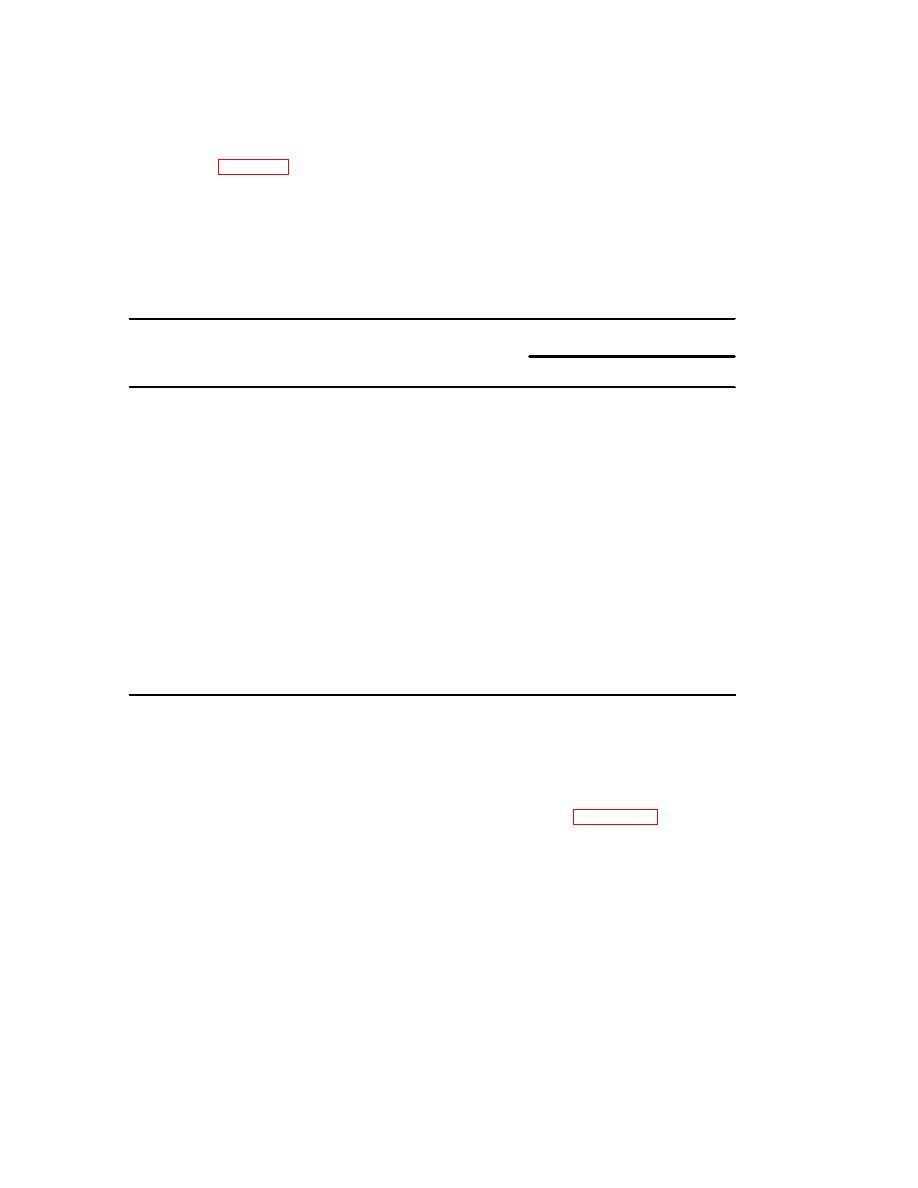 |
|||
|
|
|||
|
Page Title:
Table 2-3. Inspection Levels (Ref. MIL-STD-105, Table 1) |
|
||
| ||||||||||
|
|
 SB 740-91-01
d. Inspection Level (IL). The Inspection Level determines the relationship between item lot or batch size, and sample
for inspection. The inspection level defined in this column shall be used in conjunction with the acceptable quality level
defined in the Acceptable Quality Level (AQL) column to form the sampling plan. (The sampling plan provides
accept/reject criteria for individual item inspections. Complete instructions for determination and use of sampling plans is
found in MIL-STD-105). Table 2-3 (taken from MIL-STO-105) defines inspection levels per lot or batch size. It shall be
used to identify sample sizes for line item groups being inspected, dependent on the inspection level assigned to the item
in the IL column. Level S-2 is normally assigned to top assemblies (i.e., sets, and equipment). It reflects a trade-off
between anticipated quantities in stock and cost effectiveness. For components, parts, and subassemblies inspection
level S-3 is assigned.
Table 2-3. Inspection Levels
(Ref. MIL-STD-105, Table 1)
Special Inspection Levels
Lot or Batch Size
S-2
S-3
2
to
8
A
A
9
to
15
A
A
16
to
25
A
B
26
to
50
B
B
51
to
90
B
C
91
to
150
B
C
151
to
280
C
D
281
to
500
C
D
501
to
1, 200
C
E
1, 201
to
3, 200
D
E
3, 201 to
10, 000
D
F
10, 001
to 35, 000
D
F
35, 001
to 150, 000
E
G
150, 001
to 500, 000
E
G
500, 001
and over
E
H
Samples for inspection are to be chosen such that each item in a given lot has an equal chance of being selected. Care
must be taken such that the sample is not biased, and that the basic preservation, packaging, and packing (PP&P) of
items is intact. That is, samples must not be specifically selected from the same position in a container, pallet, or stack, or
from a single location; they must not appear discolored or defective. Further, if during the selection process an item's
PP&P is found to be grossly inadequate due to rough handling, improper application, etc., the item shall not be chosen for
cyclic inspection purposes, and instead reclassified to Condition Code J (see appendix D). In order to ensure unbiased
selection of samples in large lots, the use of a table of random numbers as contained in Department of Defense (DOD)
Handbook H53 is recommended.
2-5
|
|
Privacy Statement - Press Release - Copyright Information. - Contact Us |